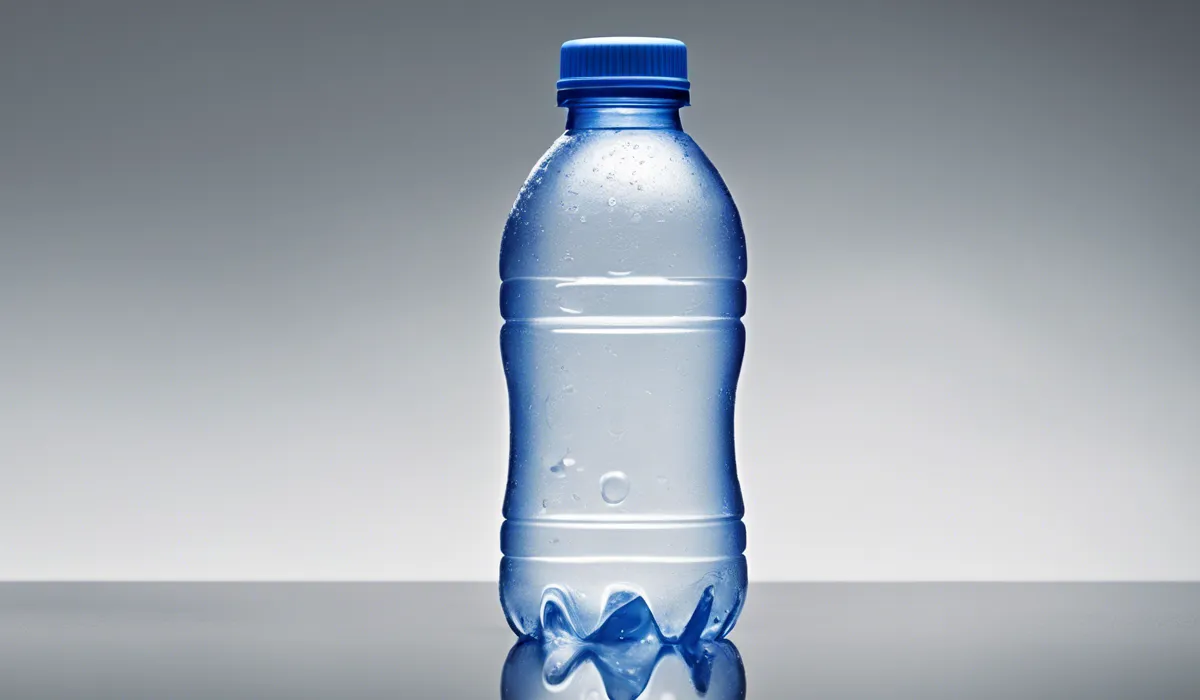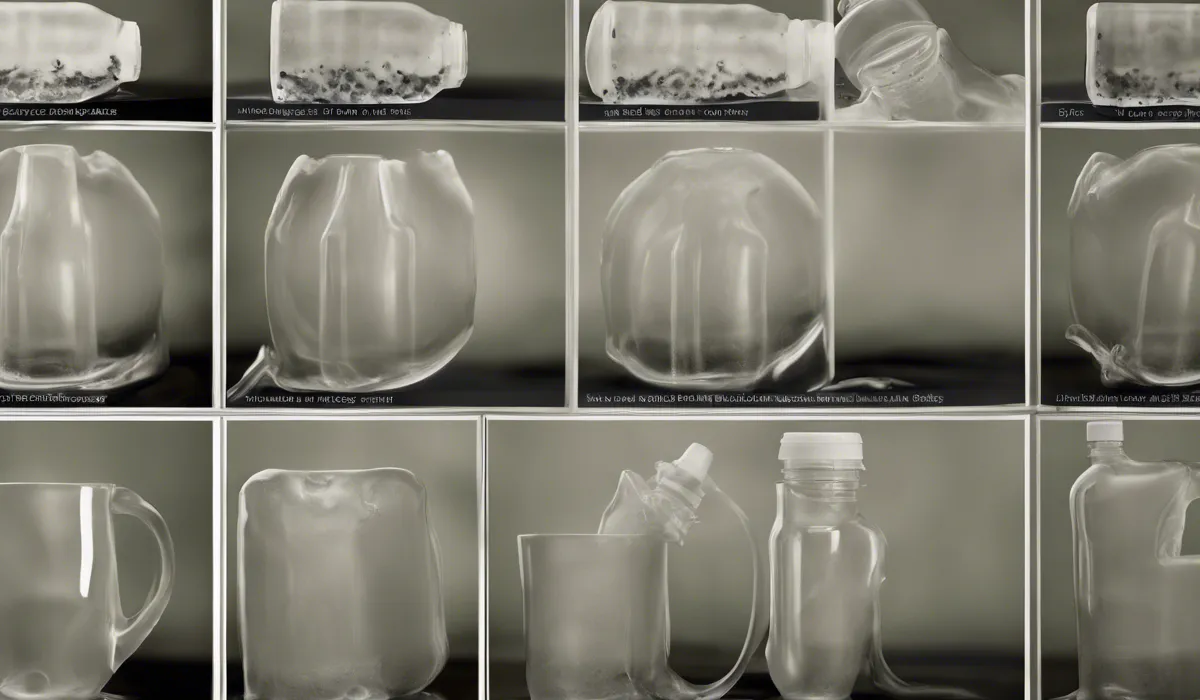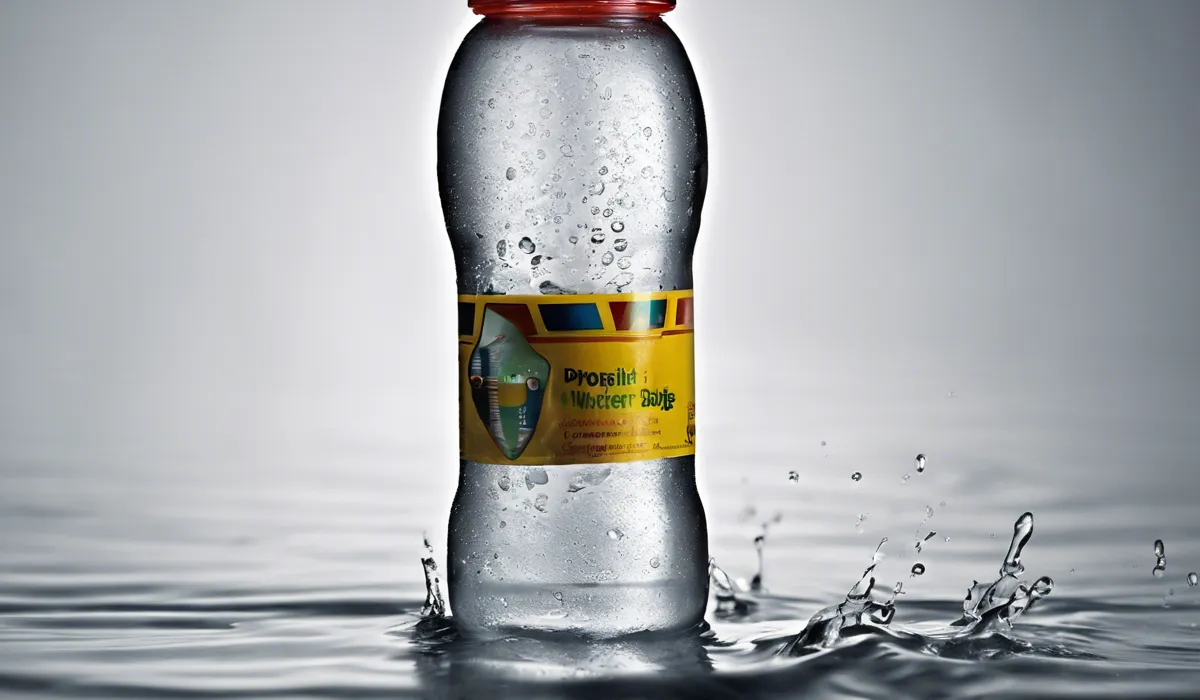If you drink mold from a water bottle, you may experience allergic reactions or respiratory problems. Symptoms can include throat irritation, nausea, vomiting, and diarrhea. It’s important to clean bottles regularly to prevent mold growth.
Risks and Health Concerns of Drinking Mold

Understanding Mold in Water Bottles
Mold is a type of fungus that can grow almost anywhere, including inside water bottles. It thrives in moist, warm environments, which makes a water bottle the perfect breeding ground if not cleaned properly.
Mold spores are too small to see with the naked eye, but when they find a cozy spot, they begin to flourish, often appearing as spots or slimy residue.
Short-term Health Effects of Mold Ingestion
Drinking moldy water can lead to various short-term health issues. Allergic reactions are common and can include symptoms such as sneezing, itching, and watery eyes.
Additionally, gastrointestinal discomfort like stomach pains, nausea, and vomiting might occur as your body tries to expel the unwanted intruder.
Long-Term Health Risks of Mold Exposure
Long-term exposure to mold can have more serious implications. Respiratory issues such as asthma can be exacerbated or even initiated by mold exposure.
Over time, consistent mold ingestion can lead to a weakened immune system, leaving you more susceptible to other infections and diseases.
Vulnerable Groups and Mold Exposure
Some individuals are more at risk than others when it comes to the dangers of drinking mold.
Children, the elderly, and those with compromised immune systems, like people undergoing chemotherapy, are particularly vulnerable.
For these groups, the effects of mold ingestion can be more severe and prompt medical attention is often required.
Symptoms to Watch Out For After Ingesting Mold

Immediate Symptoms of Mold Ingestion
Right after drinking moldy water, you might experience nausea, vomiting, or diarrhea. These symptoms are your body’s first line of defense, trying to get rid of the mold.
It’s important to recognize these signs early and take action.
Delayed Mold Ingestion Symptoms
Some symptoms may not appear immediately. You could develop allergic responses like hives, coughing, or wheezing days after consumption.
These symptoms indicate that your body is still fighting the effects of the mold.
Seeking Medical Attention for Mold Ingestion
If you experience persistent symptoms or severe reactions such as difficulty breathing after ingesting mold, it’s crucial to seek medical attention.
Professional guidance can help manage symptoms and prevent complications.
Monitoring for Mold-Related Illness Signs
After ingesting mold, keep an eye out for any unusual health changes. Early detection of mold-related illnesses can make a significant difference in treatment and recovery.
Prevention and Cleaning Tips

Preventing Mold Growth in Water Bottles
Preventing mold growth is key to staying healthy. Clean and dry your water bottle after each use to keep it mold-free.
Do not leave water in a bottle for long periods, especially in warm environments.
Cleaning Methods for Water Bottles
To clean your water bottle effectively, use natural substances like vinegar or baking soda. Both have properties that can help kill mold and prevent its return.
Ensure you rinse the bottle thoroughly after cleaning to remove any cleaning agent residue.
The Importance of Regular Bottle Replacement
Even with regular cleaning, water bottles can wear out and become more susceptible to mold.
Replace your water bottles regularly, especially if you notice any cracks or damages. Opt for materials less prone to mold growth, like stainless steel or glass.
Tips for Safe Water Storage and Hydration
Store water in a cool, dry place away from direct sunlight. If you’re going on an Alaska cruise, ensure your water storage methods are safe and mold-free.
Staying hydrated is vital, but it’s just as important to ensure the water you’re drinking is clean and healthy.
FAQs About Drinking Mold from a Water Bottle
What are the health risks of drinking mold from a water bottle?
Drinking mold from a water bottle can lead to allergic reactions, respiratory issues, throat irritation, nausea, vomiting, and diarrhea.
Can you get sick immediately after drinking moldy water?
Symptoms from drinking moldy water can appear shortly after consumption, but the timing can vary depending on individual sensitivity and the amount of mold ingested.
How can you prevent mold growth in water bottles?
To prevent mold growth, clean water bottles regularly with hot soapy water and allow them to dry completely before reuse.
What should you do if you accidentally drink mold from a water bottle?
If you accidentally drink mold, monitor for symptoms such as allergic reactions or gastrointestinal upset, and seek medical advice if symptoms are severe or persist.
Are some people more at risk of health problems from drinking mold?
Yes, individuals with weakened immune systems, mold allergies, or respiratory conditions may be more susceptible to health problems from drinking mold.
Final Thoughts
Consuming mold from a water bottle can lead to health issues, such as allergic reactions and respiratory distress.
Symptoms may manifest as throat discomfort, nausea, vomiting, and diarrhea. To mitigate these risks, it’s essential to maintain a routine of cleaning water bottles to hinder mold colonization.
